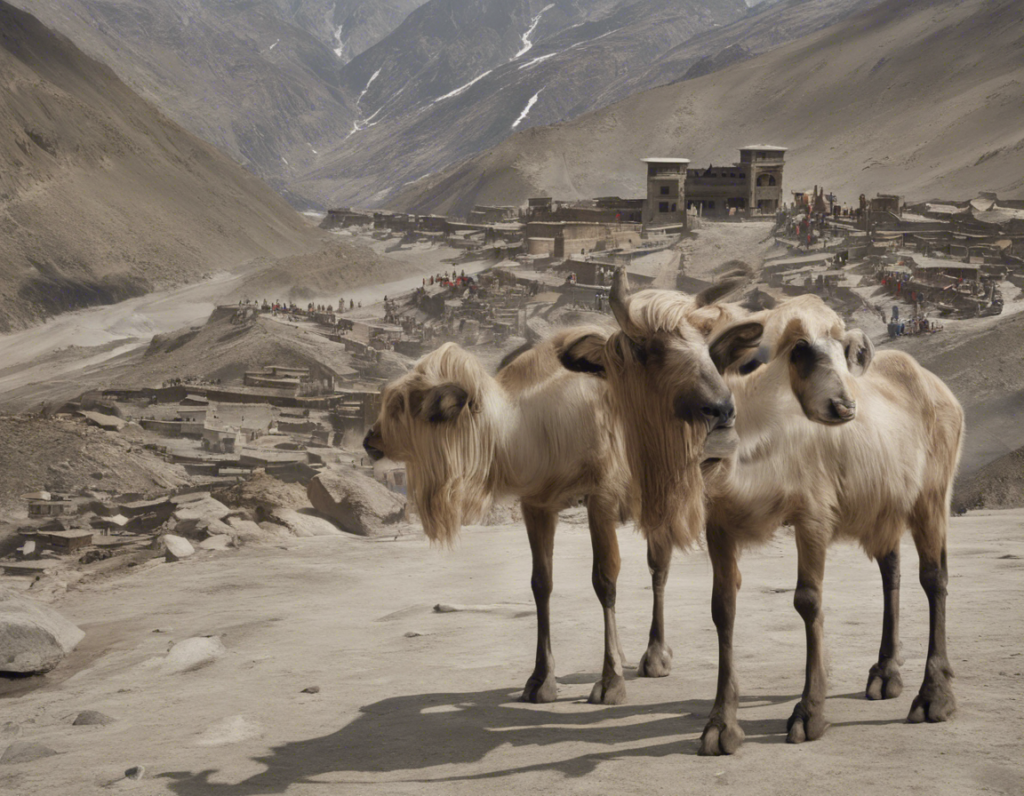Introduction
Sami Ka Paudha (Prosopis cineraria), also known as Khejri or Jand, is a drought-resistant tree native to the Indian subcontinent. It holds immense cultural, economic, and environmental significance in the region. The tree is well-adapted to arid conditions, making it an ideal choice for afforestation and reforestation projects in dryland areas. Growing Sami Ka Paudha can contribute to soil conservation, groundwater recharge, and biodiversity enhancement. This article explores various aspects of cultivating Sami Ka Paudha, including its benefits, cultivation techniques, common challenges, and maintenance practices.
Benefits of Growing Sami Ka Paudha
- Drought Resistance: Sami Ka Paudha is well-suited to arid and semi-arid regions, requiring minimal water once established.
- Soil Improvement: The tree has nitrogen-fixing properties that enhance soil fertility.
- Wood and Fodder: The wood of Sami Ka Paudha is used for fuel, construction, and handicrafts, while its leaves serve as nutritious fodder for animals.
- Erosion Control: The deep root system of the tree helps prevent soil erosion in windy and sandy areas.
- Medicinal Value: Various parts of the tree have medicinal properties and are used in traditional healthcare practices.
Cultivation Techniques
- Seed Selection: Choose high-quality seeds from reliable sources for better germination rates.
- Seed Treatment: Soak the seeds in water for 24 hours before sowing to improve germination.
- Germination: Sow the seeds in well-drained soil and keep them moist until germination occurs, usually within 1-2 weeks.
- Transplanting: Transplant seedlings carefully into pots or directly into the ground, ensuring they have enough space to grow.
- Spacing: Maintain a distance of at least 5-6 meters between individual trees to allow for proper growth and development.
Challenges in Growing Sami Ka Paudha
- Waterlogging: Sami Ka Paudha is susceptible to root rot in waterlogged conditions, so ensure proper drainage.
- Diseases: Look out for fungal infections and pests that can affect the tree’s health.
- Weed Competition: Control weeds around young trees to prevent them from competing for nutrients and sunlight.
- Harsh Conditions: Extreme temperatures and drought can stress the tree, so provide adequate care during such periods.
Maintenance Practices
- Watering: While Sami Ka Paudha is drought-tolerant, regular watering is necessary during the establishment phase.
- Fertilization: Apply organic compost or nitrogen-rich fertilizers to promote healthy growth.
- Pruning: Trim the tree periodically to remove dead or diseased branches and shape its canopy.
- Mulching: Use mulch around the base of the tree to retain soil moisture and suppress weed growth.
- Monitoring: Keep an eye on the tree for any signs of diseases, pests, or nutrient deficiencies and take timely action.
Harvesting and Utilization
- Wood: The wood of Sami Ka Paudha is valuable for various purposes, including furniture making and fuelwood.
- Fodder: Prune the tree carefully to harvest leaves for fodder, ensuring sustainable regrowth.
- Medicinal Use: Explore the traditional medicinal properties of the tree for potential healthcare applications.
- Economic Value: Sami Ka Paudha can offer economic opportunities through wood products, fodder sales, and carbon sequestration projects.
Frequently Asked Questions (FAQs)
Q1: Is Sami Ka Paudha suitable for all soil types?
A: While Sami Ka Paudha** prefers well-drained sandy or loamy soils, it can tolerate a wide range of soil types, including saline and alkaline soils.
Q2: How fast does Sami Ka Paudha grow?
A: The growth rate of Sami Ka Paudha** can vary depending on environmental conditions, but it typically grows moderately fast once established.
Q3: Are there any specific pests or diseases that affect Sami Ka Paudha?
A:** Common pests include aphids and termites, while diseases like root rot and powdery mildew can impact the tree. Proper care and monitoring can help manage these issues.
Q4: Can Sami Ka Paudha be grown in urban areas or home gardens?
A: Yes, Sami Ka Paudha** can be cultivated in urban settings or home gardens as long as it receives sufficient sunlight and has well-drained soil.
Q5: How can I propagate Sami Ka Paudha besides using seeds?
A: Sami Ka Paudha** can also be propagated through stem cuttings or air layering methods, though seeds are the most common propagation technique.
Q6: What are the best practices for pruning Sami Ka Paudha?
A: Prune Sami Ka Paudha** during the dormant season to remove dead or diseased branches, shape the canopy, and encourage healthy growth.
Q7: How often should Sami Ka Paudha be fertilized?
A: Fertilize Sami Ka Paudha** once a year in the spring with a balanced organic fertilizer to provide essential nutrients for growth.
Q8: Can Sami Ka Paudha withstand drought conditions?
A: Yes, Sami Ka Paudha** is well-adapted to drought conditions and can survive with minimal water once mature, making it suitable for dryland areas.
Q9: What are the traditional uses of Sami Ka Paudha?
A: In addition to wood and fodder, Sami Ka Paudha** has cultural and religious significance in some regions and is used in traditional ceremonies.
Q10: How can I promote biodiversity by planting Sami Ka Paudha?
A: By planting Sami Ka Paudha** in degraded ecosystems, you can help restore biodiversity by attracting various bird species, insects, and other wildlife to the area.
Conclusion
Cultivating Sami Ka Paudha offers a range of environmental, economic, and social benefits. By following proper cultivation techniques, addressing common challenges, and implementing effective maintenance practices, you can successfully grow this drought-resistant tree in various settings. Whether you are interested in afforestation efforts, sustainable agriculture, or traditional uses of the tree, Sami Ka Paudha presents a valuable opportunity to contribute to conservation and livelihood improvement initiatives.
